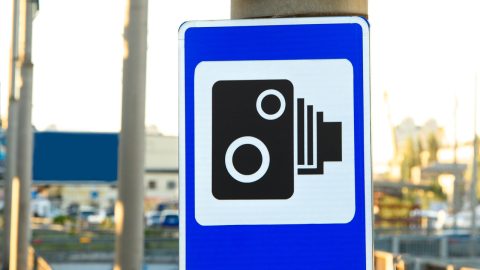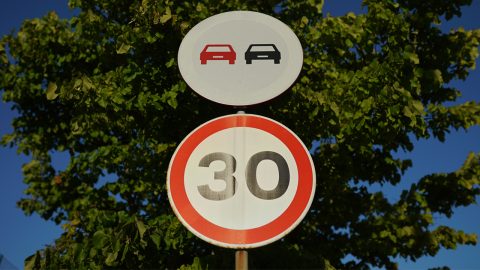Speeding remains one of the leading causes of road accidents and fatalities worldwide, yet it’s a behaviour that many drivers engage in. While the immediate dangers of speeding are well-known, the psychological underpinnings driving this behaviour are complex and multifaceted. This blog delves into the psychological reasons behind speeding, shedding light on why so many choose speed over safety.
The Thrill of Speed: Sensation-Seeking Behavior
At the heart of speeding for many is the thrill it provides—an adrenaline rush that sensation-seekers crave. According to Zuckerman’s Sensation Seeking Scale, individuals with high sensation-seeking scores are more likely to engage in risky driving behaviours (Zuckerman, 1994). The lure of high speed satisfies their desire for novel and intense experiences, often overshadowing the potential risks involved.
Perceived Control and Overconfidence
A common thread among speeders is the overestimation of their driving skills and control over their vehicle. The Dunning-Kruger effect, a cognitive bias where people with limited skills overestimate their abilities, is evident in many driving behaviours, including speeding (Kruger & Dunning, 1999). This overconfidence leads drivers to believe they can handle their vehicles at high speeds, often with dangerous consequences.
Social Influences and Norms
Human behaviour is heavily influenced by those around us, and driving is no exception. Observing peers or other drivers speeding can normalise the behaviour, diminishing the perceived risks associated with it (Terry & Hogg, 1996). Furthermore, in some social circles, speeding is viewed as a display of skill or bravery, further encouraging the behaviour.
Environmental and Situational Factors
The environment plays a crucial role in speeding behaviour. Wide, open highways with few visual cues can make drivers feel slower than they are, inadvertently leading to higher speeds. Additionally, the perceived risk of enforcement plays a significant role; areas with low police presence see higher instances of speeding, as the deterrent effect is minimised.
Psychological Distancing and Anonymity
Being enclosed in a vehicle creates a sense of separation from the outside world, reducing the social pressures that typically guide behaviour. This psychological distancing, coupled with the anonymity of being one among many vehicles, can lead to riskier choices, including speeding (Fuller, 2005).
The Role of Punishment and Deterrence
The effectiveness of punishment in deterring speeding is a topic of much debate. While the threat of fines and penalties does have a deterrent effect, its efficacy varies greatly among individuals and situations. Studies suggest that consistent enforcement and the perceived certainty of being caught are more effective than the severity of the punishment itself (Pilkington & Kinra, 2005).
Concluding Speeding Behaviour
Understanding the psychology behind speeding is crucial for developing more effective road safety campaigns and interventions. By addressing the underlying psychological factors, such as sensation-seeking behavior, overconfidence, social norms, and environmental cues, we can better tailor our approaches to reduce speeding and improve road safety for all.
FAQs
People speed for various reasons, including thrill-seeking, overconfidence in their driving abilities, social influences, and environmental factors. The psychological distancing from consequences when behind the wheel also plays a role.
Yes, traits like high sensation-seeking, impulsivity, and aggression have been linked to a higher propensity for speeding and other risky driving behaviours.
Effective strategies include consistent enforcement of speed limits, public education campaigns that address the psychological aspects of speeding, and road designs that naturally calm traffic.
References
- Zuckerman, M. (1994). Behavioural Expressions and Biosocial Bases of Sensation Seeking. Cambridge University Press.
- Kruger, J., & Dunning, D. (1999). Unskilled and unaware of it: How difficulties in recognizing one’s own incompetence lead to inflated self-assessments. Journal of Personality and Social Psychology, 77(6), 1121-1134.
- Terry, D.J., & Hogg, M.A. (1996). Group norms and the attitude-behaviour relationship: A role for group identification. Personality and Social Psychology Bulletin, 22(8), 776-793.
- Fuller, R. (2005). Towards a general theory of driver behaviour. Accident Analysis & Prevention, 37(3),









